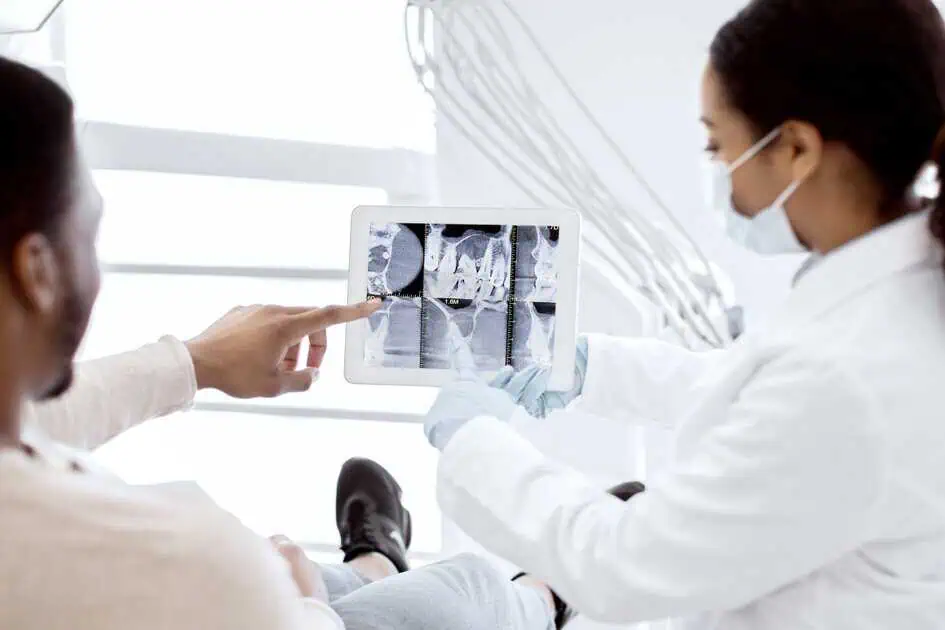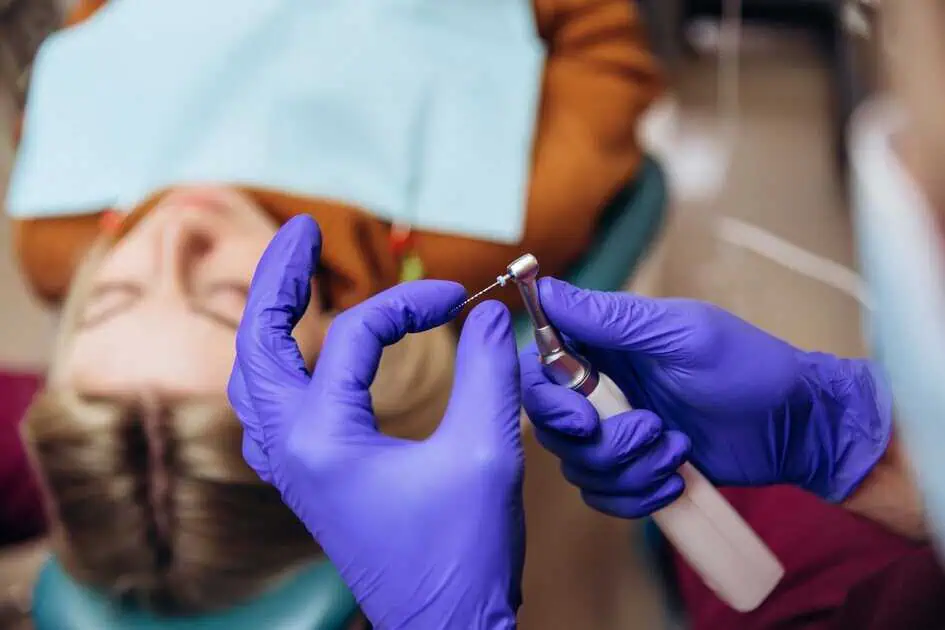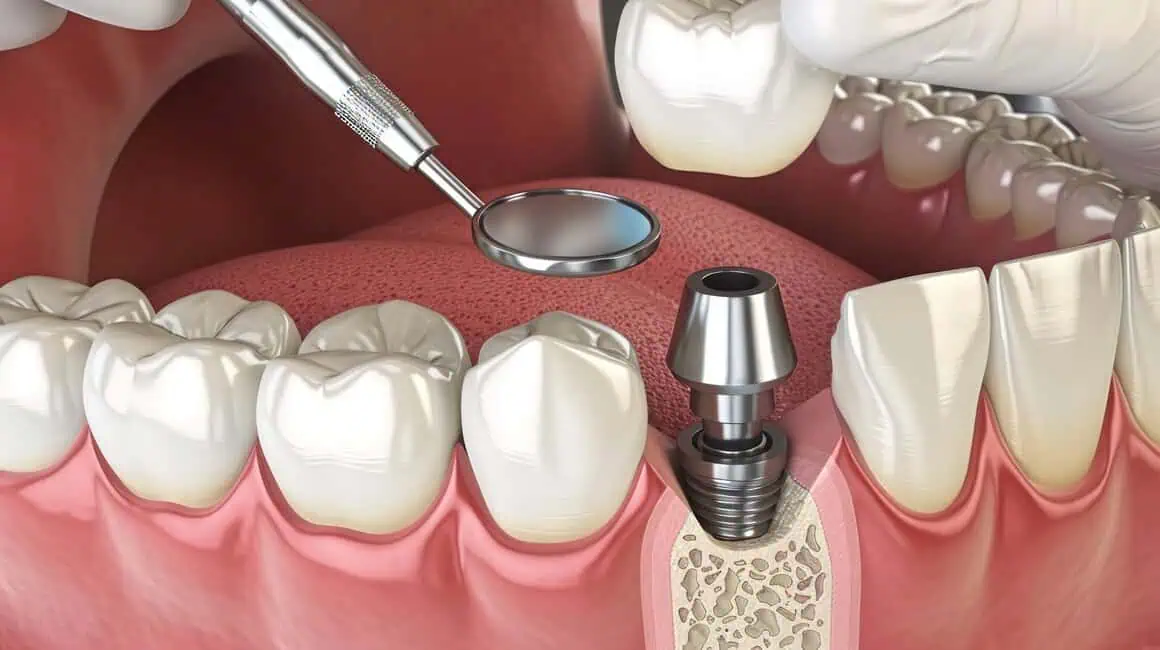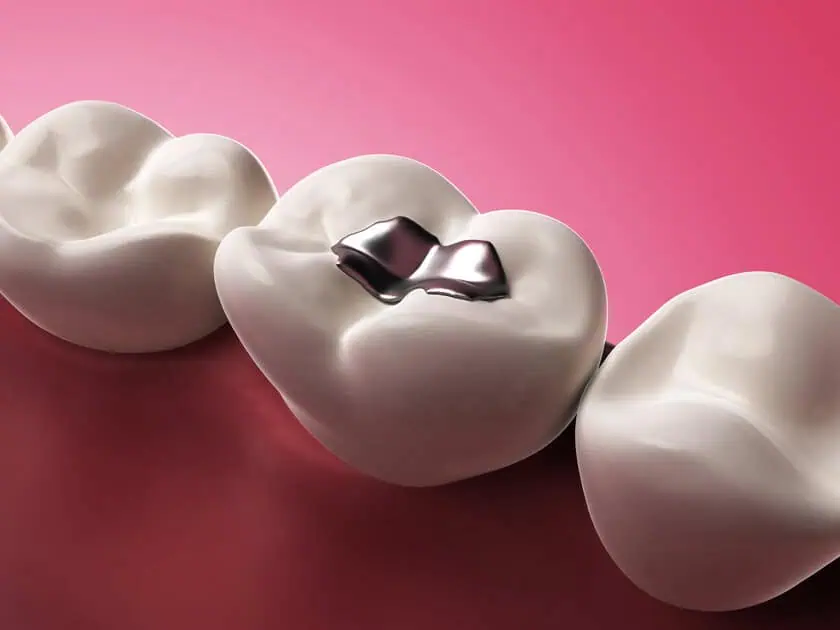Table of Contents
Bone grafting is a common procedure in dental care that helps rebuild bone structure in the jaw. This process is often necessary for patients who have suffered bone loss due to tooth extraction, gum disease, or other oral health issues. Bone loss can weaken the jaw, affecting the stability of teeth and the mouth’s overall health. By replacing lost bone with graft material, dental professionals can restore strength and function to the jaw, making it possible to support dental implants and other restorative treatments. Knowing what to expect before, during, and after a bone grafting procedure can help alleviate concerns and prepare you for a smooth recovery.
What is Bone Grafting?
Bone grafting involves replacing or augmenting missing bone in the jaw with material that encourages new bone growth. This process can use bone from the patient’s own body (autografts), bone from a donor (allografts), xenograft (animal bone), or synthetic materials. The graft material acts as a scaffold, allowing the body’s natural bone to grow and integrate with it, eventually forming a stable structure. Over time, the graft material is resorbed and replaced by new bone, effectively restoring the original bone volume and density.
The success of a bone graft relies on the body’s ability to heal and regenerate bone tissue. Factors such as overall health, age, and the presence of conditions like diabetes or smoking habits can influence the healing process. While bone grafting might seem daunting, it is a routine procedure with high success rates, designed to address various dental and medical needs by enhancing the structural integrity of the jaw and other bones.
When Bone Grafting is Necessary
Bone grafting is necessary in several specific dental and oral health scenarios. These include:
- Socket Preservation: A bone graft may be placed into the empty socket after tooth extraction to prevent bone loss and maintain the jaw’s structural integrity.
- Ridge Augmentation: This procedure is required when the jawbone has thinned or lost volume over time, often due to prolonged tooth loss or trauma. Ridge augmentation increases the height and width of the jawbone, making it possible to place dental implants securely.
- Periodontal Bone Grafts: Gum disease can lead to significant bone loss around teeth, causing them to become loose. Bone grafting, in this context, helps regenerate lost bone, stabilize the teeth, and improve overall oral health.
- Sinus Lifts: When the bone in the upper jaw is insufficient, particularly in the molar and premolar regions, a sinus lift may be performed. This involves grafting bone to elevate the sinus floor, creating enough bone to place dental implants securely.
- Preparation for Dental Implants: Bone grafting provides the necessary support for patients seeking dental implants but lacking adequate bone structure in their jaws. This ensures that implants have a solid foundation, increasing longevity and effectiveness.
Preparing for Bone Grafting Surgery
Preparing for a bone grafting surgery involves several steps to ensure the procedure goes smoothly and recovery is as quick as possible.
- Consultation and Diagnostic Imaging:
- Initial Examination: The dentist or oral surgeon will conduct a thorough examination, including X-rays, CT scans, or MRIs, to assess the extent of bone loss and plan the grafting procedure.
- Medical History Review: A meticulous review of the patient’s medical history is necessary to identify any conditions that might affect the surgery or healing process, such as diabetes or smoking habits.
- Choosing the Graft Material:
- The type of bone graft material (autograft, allograft, xenograft, or synthetic) will be discussed and selected based on the patient’s specific needs and the surgeon’s recommendation.
- Pre-Operative Instructions:
- Medication Adjustments: Patients may need to stop taking certain medications, such as blood thinners, before surgery.
- Fasting: Patients are typically advised not to eat or drink anything after midnight before the surgery if general anesthesia or IV sedation is used.
- Smoking Cessation: Smoking can impede the healing process, so patients are strongly encouraged to stop smoking several weeks before and after the surgery.
- Day of Surgery Preparations:
- Comfortable Clothing: Wearing comfortable, loose-fitting clothing can help ensure easy movement before and after the procedure.
- Transportation Arrangements: Since sedation or anesthesia is often used, patients should arrange for someone to drive them to and from the surgery.
- Jewelry Removal: Removing all jewelry and accessories can help prevent any interference with the surgical procedure.
The Bone Grafting Procedure
Depending on the complexity of the graft, this may be local anesthesia, IV sedation, or general anesthesia. Once the anesthesia takes effect, the dentist or oral surgeon will make a small incision in the gum tissue to expose the jawbone area needing augmentation.
After the gum tissue is carefully moved aside, the surgeon will clean and disinfect the site to prepare it for the graft material. The bone graft material, which could be autograft (bone harvested from the patient’s own body), allograft (donor bone), xenograft (animal bone), or synthetic substitutes, is then precisely placed into the prepared area. In some cases, the graft material is held in place with tiny screws or pins to ensure stability.
Once the graft material is in position, the surgeon may cover it with a protective membrane to enhance healing and prevent infection. The gum tissue is then repositioned over the graft and secured with sutures. This helps to protect the graft site and facilitate the integration of the graft material with the existing bone.
Throughout the procedure, the surgical team monitors the patient’s vital signs, including heart rate and blood pressure, to ensure safety and address any immediate concerns. The entire process usually takes between one to two hours, depending on the extent of the graft and the patient’s specific needs.
After the graft is placed and the incision is closed, the patient is moved to a recovery area where they are monitored until the effects of the anesthesia wear off. Pain and swelling are common after the procedure, but these can be addressed with prescribed medications and ice packs. The dentist or surgeon will provide detailed aftercare instructions to facilitate healing and lessen the complication risks.
Takeaway
If you’re considering a bone grafting procedure to improve your oral health and ensure a stable foundation for future dental treatments, Solomon Family Dentistry is here to help. Our team guarantees personalized care and advanced solutions to meet your dental needs. Schedule a consultation with us today to discuss your options. Don’t wait – contact Solomon Dentistry now to take the first step toward a brighter dental future.





